
Hot Brewing Trends: How to Use Stainless Steel Teapots for Different Teas
In a world experiencing the renaissance of tea culture, the choice of a teapot transcends mere utility; it becomes a reflection of one’s commitment to
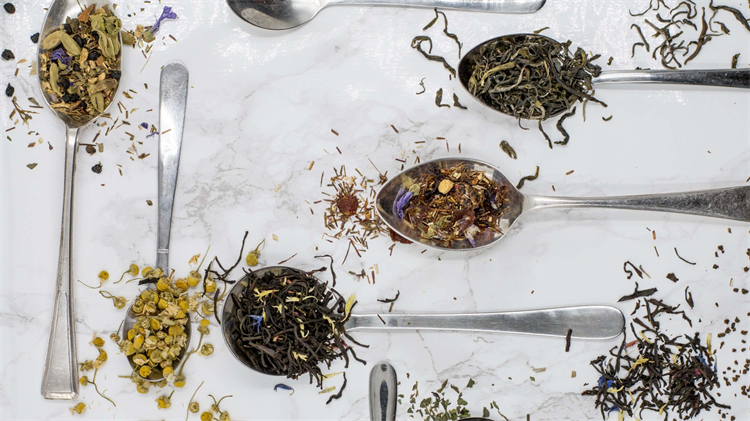
There’s nothing quite like the perfect cup of tea, and the condition of your stainless steel teapot plays a crucial role in achieving that.
Let’s delve into why maintaining a clean stainless steel teapot is not just about appearances but an essential element in brewing the best tea.
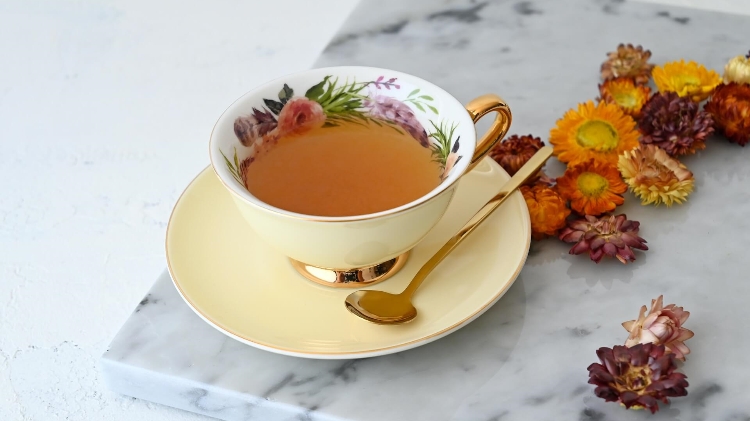
Discover the secrets to maintaining your stainless steel teapot‘s pristine condition, and elevate your tea brewing experience to new heights.
Imagine savoring a cup of your favorite tea, only to detect unwanted notes from residue or stains. We’ll explore how these elements can impact the pure and nuanced flavors of your tea, making cleanliness a priority for tea enthusiasts.
The joy of tea extends beyond taste to the visual experience. Stains or spots on your teapot can detract from the overall enjoyment. We’ll highlight the significance of a spotless appearance in enhancing the aesthetics of your teatime ritual.
When it comes to your teapot, the material it’s made from can significantly impact both its performance and longevity. Here’s a closer look at why stainless steel is the preferred choice.
Elevate your tea experience with the assurance of food-grade stainless steel. Learn about the benefits of using this high-quality material, ensuring that your teapot remains a safe and healthy vessel for brewing your favorite blends.
Explore the remarkable properties of stainless steel that make it resistant to stains and corrosion. Discover how this durability factor contributes to the longevity of your teapot, keeping it in pristine condition for countless brewing sessions.
Maintaining the pristine condition of your stainless steel teapot requires the right cleaning supplies. Here are the essentials to keep your teapot sparkling and spotless:
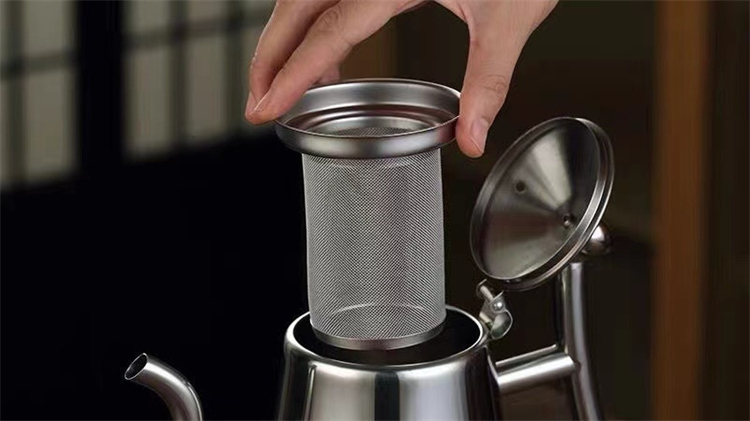
Ensuring your stainless steel teapot stays gleaming and free from stains involves a systematic cleaning approach. Follow these steps for a spotless teapot:
Pre-cleaning preparation:
Begin by pouring out any remaining tea and giving the teapot a thorough rinse with warm water. This helps remove loose residues and prepares the teapot for a more in-depth cleaning.
If your teapot has removable components like filters or infusers, take a moment to disassemble them. This ensures that every part receives proper attention during the cleaning process.
Cleaning the interior:
For stubborn tea stains or discoloration inside the teapot, apply a gentle cleaning solution. Let it sit for a few minutes before scrubbing it with a soft brush.
Any leftover tea residue can be removed by soaking the interior in warm, soapy water. Use a sponge or cloth to wipe away the softened residue, ensuring a clean and residue-free interior.
Cleaning the exterior:
To maintain the external shine of your teapot, use a soft cloth or microfiber towel. Apply a small amount of mild detergent or a specialized stainless steel cleaner and gently polish the exterior in circular motions.
Different finishes may require specific care. For mirrored finishes, be cautious with abrasive materials; for brushed finishes, follow the grain during cleaning. Matte finishes may benefit from a gentle wipe-down with a soft, damp cloth.
Maintaining the impeccable condition of your stainless steel teapot requires more than just regular cleaning. Consider these periodic maintenance tips to keep your teapot in top-notch shape:
Deep cleaning techniques:
Periodic deep cleaning can be achieved through citric acid soaks. Fill the teapot with a solution of water and citric acid, allowing it to sit for a few hours. This helps dissolve mineral deposits and revitalize the teapot’s interior.
Hard water deposits can accumulate over time. Address this by soaking the affected areas in a mixture of vinegar and water. Scrub gently to remove deposits and restore the teapot’s pristine appearance.
Preventive measures:
Incorporate the following preventive measures into your routine to avoid stubborn stains and issues:
After each use, rinse the teapot with warm water to prevent the buildup of tea residues. Address any stains promptly to prevent them from becoming deeply ingrained.

To ensure the longevity of your stainless steel teapot, it’s crucial to navigate common pitfalls with care.
Take a proactive stance in preserving your teapot by understanding the damaging effects of harsh cleaning agents. Identify and steer clear of abrasive or acidic cleaners that may compromise the integrity of stainless steel. Instead, opt for safe alternatives like mild soapy water or specialized stainless steel cleaners to maintain the pristine condition of your teapot.
Guard against potential pitfalls by choosing gentle cleaning materials. Opt for microfiber cloths or sponges to safeguard against scratches on the stainless steel surface. In the event of scratches, provide solutions such as polishing methods to restore the teapot’s luster or seek professional assistance when necessary.
By adopting these practices, you ensure your teapot not only remains functional but also retains its aesthetic appeal over time.
Encountering issues with your teapot’s cleanliness? Here’s how to troubleshoot common problems:
Educate users on identifying the initial indications of rust formation, such as discoloration or small spots. Emphasize the importance of prompt action to prevent further damage.
To effectively manage sediment and residue within your teapot, it’s crucial to understand the causes and implement preventive measures.
Sediment and Residue Management:
Effective Cleaning Procedures:
Regular Maintenance Tips:
Odor Elimination Techniques:
Embark on a journey towards tea perfection armed with invaluable insights from this comprehensive cleaning guide.
Recap the essentials to ensure the longevity of your stainless steel teapot: employ gentle cleaning agents like mild detergents, vinegar, or baking soda; use soft cleaning tools such as cloths or brushes to prevent scratches; follow a step-by-step cleaning process for both the interior and exterior; engage in periodic maintenance with citric acid for deep cleaning and prevention of hard water deposits; troubleshoot issues like uneven cleaning or lingering odors with targeted solutions.
Highlight the significance of your stainless steel teapot as an investment in quality tea moments. Through adherence to proper cleaning practices, you contribute to its longevity, ensuring a consistently delightful teatime experience.
The inherent durability and stain-resistant nature of stainless steel, coupled with your proactive care, promise years of sparkling and spotless service. Cheers to a teapot that stands the test of time, enriching your tea rituals with every pour.


In a world experiencing the renaissance of tea culture, the choice of a teapot transcends mere utility; it becomes a reflection of one’s commitment to
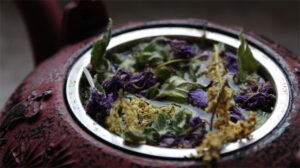
Tea, with its rich history and myriad flavors, stands as a symbol of tradition, mindfulness, and shared moments. Beyond being a mere beverage, tea embodies

In the world of tea enthusiasts, the choice of teapot is more than a mere vessel—it. It’s a pivotal decision that can significantly impact the

Brewing the perfect cup of tea is an art, and the teapot serves as the canvas for this artistry. Similar to recognizing the role of
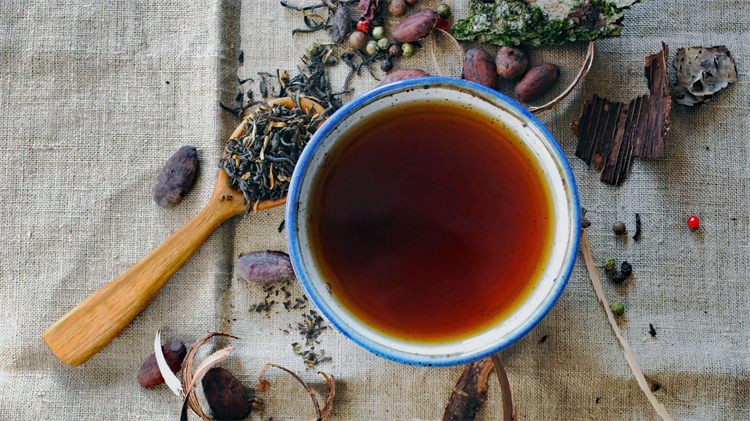
In a world experiencing the renaissance of tea culture, the choice of a teapot transcends mere utility; it becomes a reflection of one’s commitment to
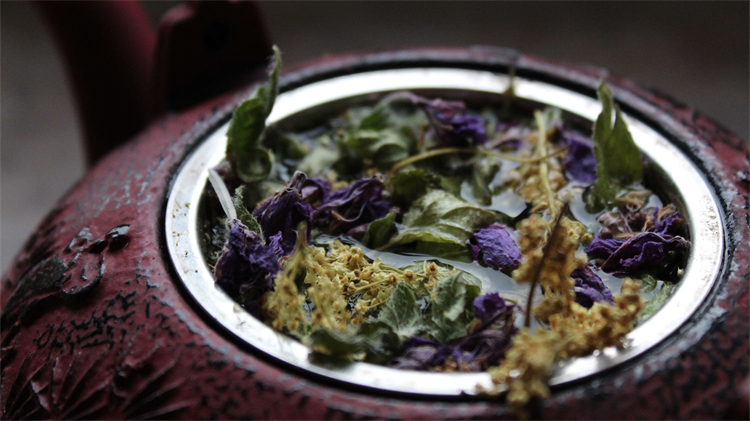
Tea, with its rich history and myriad flavors, stands as a symbol of tradition, mindfulness, and shared moments. Beyond being a mere beverage, tea embodies
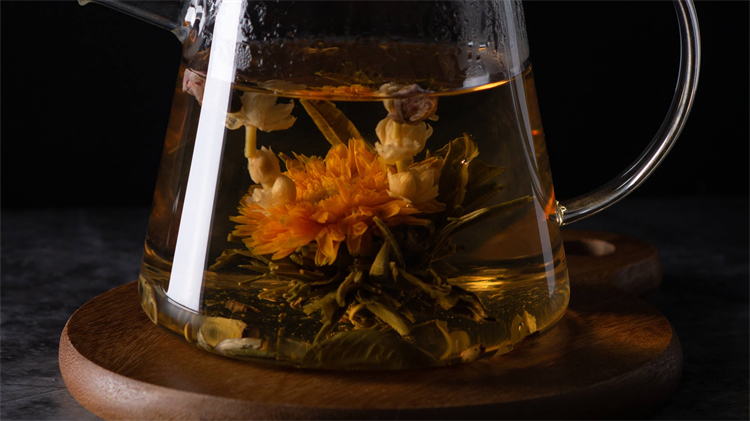
In the world of tea enthusiasts, the choice of teapot is more than a mere vessel—it. It’s a pivotal decision that can significantly impact the

Brewing the perfect cup of tea is an art, and the teapot serves as the canvas for this artistry. Similar to recognizing the role of
Copyright © 2024 susteapot.com. All Rights Reserved.